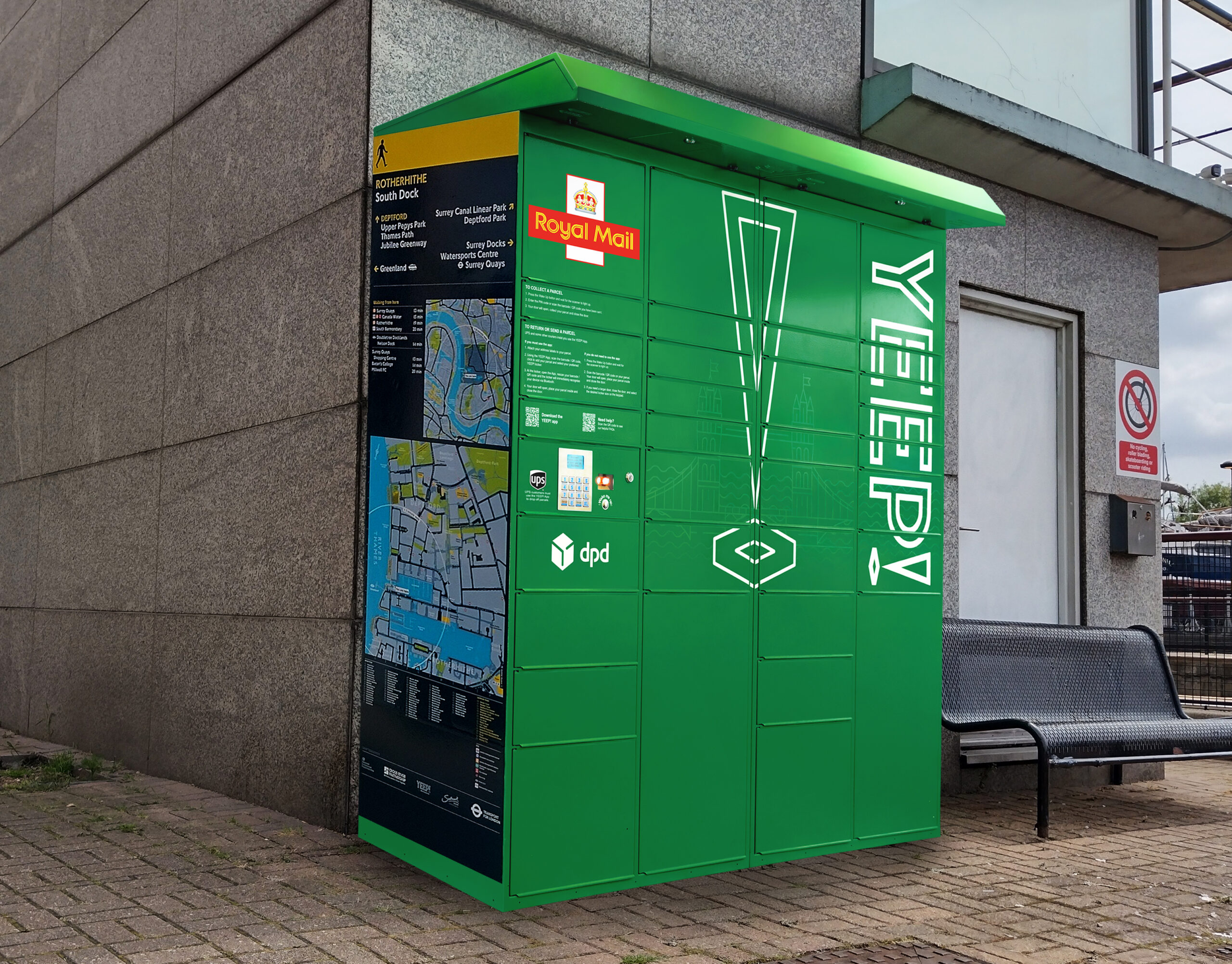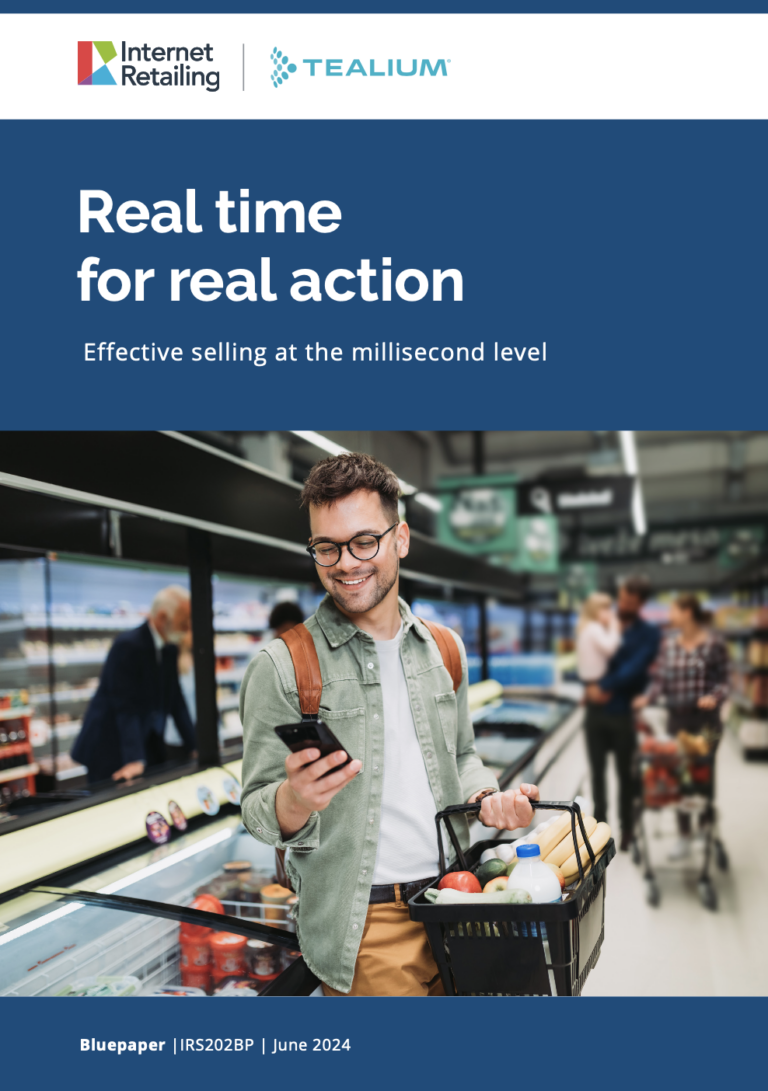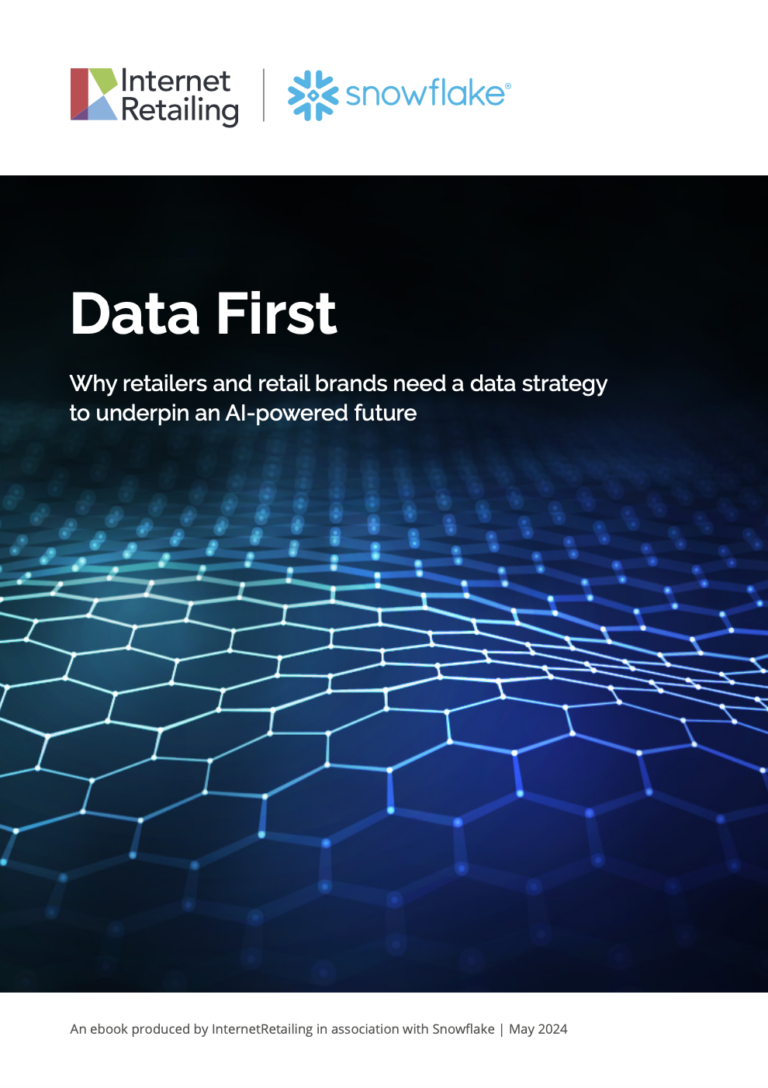Retailers that take the time to strike up and engage in conversations with existing and potential customers stand out in the IRUK Top500 Brand Engagement Report 2019. For by providing information or inspiration that’s of real value to the people considering buying their products, these traders make it that bit more likely that shoppers will buy. Here, Chloe Rigby outlines three highly-practical approaches that leading retailers are taking as they find new ways to open conversations with customers.
1. Give shoppers good reasons to sign-up
New retail models are evolving as brands sign shoppers up to regular deliveries though subscriptions. Graze, with its through-the-door healthy snack boxes, was one of the early entrants to a market that Royal Mail now says will be worth £1bn a year by 2022. It’s now been bought by Unilever which hopes to learn more about the model and how it could work for its other brands. The model has successfully been applied to beauty, by Birchbox, while Pets at Home started by offering a regular flea powder subscription for dog and cat owners and is now expanding that to other treatments. Last year the pet supplies retailer said that subscription helped it to drive 75% growth in omnichannel revenues. Shoppers who signed up to join its VIP Puppy Club got inventives including a month’s free flea treatment subscription and a free vet nurse check – and spent 25% more on its goods and services as a result.
Meanwhile, more people are signing up to delivery subscription schemes that include free next-day delivery and returns for a set annual fee. Shoppers benefit because they have the certainty of free fulfilment once the initial fee is paid, while retailers benefit as shoppers keep coming back to buy for just that reason. The IMRG UK Consumer Home Delivery Review 2018/2019 found that 46% of respondents were members of a delivery loyalty scheme in 2018, up from 29.7% in 2017.
2. The role of the store in brand awareness…
Around 18% of retail sales currently take place online – leaving around 80% that takes place in store. The store plays an important part in offering shoppers the convenience of buying and taking away immediately, or of picking up an online order. But just as important, it’s a reminder to shoppers of what the retailer represents. Established multichannel retailers such as Boots and Marks & Spencer continue to have a presence on high streets and in shopping centres across the UK, while for emerging retailers such as Quiz, stores play an important awareness-raising part in their expansion.
Pop-up stores from online players including eBay and Etsy have played an important role in raising brand awareness, while giving shoppers the chance to experience the brand in a more immediate way. Other online retailers have opened up within larger department stores. Swoon Editions, for example, has showcased its furniture within branches of Debenhams to good effect.
3. …and in brand experiences
Bringing events into store helps to create communities that are still more social, in a place where it’s easy to then go on to buy. By hosting events, retailers put their name front of mind when shoppers need to buy a product. Thus Lululemon hosts yoga classes, Rough Trade has in-store gigs, Waterstones frequently hosts talks from authors, and John Lewis holds a range of workshops to share best approaches to a number of tasks.
4. Use content alongside commerce
Retailers that provide editorial-style content on their transactional websites go a long way to give shoppers context. By suggesting how the items they sell might fit into readers’ lives, they can inspire, explain, and show through the deft use of lifestyle imagery how products might be used in practice.
Marks & Spencer offers advice through its Style & Living section, where recent features focused on outfits for a children’s playdate, wearing more colour, a 2019 approach to the midi skirt, and bringing spring into the home. Editorial pieces feature links to shop the look or a sign-up to a daily newsletters. The Burberry site, meanwhile, takes an image-led approach to features on areas from gift suggestions through to, recently, a collection that marked the Chinese New Year.
By providing more actively engaging content, retailers keep shoppers’ attention and boost the changes of them returning to their website to read and discover more.
This feature first appeared in the IRUK Top500 Brand Engagement 2019 report. Click here to explore that report in full, and here to explore the Top500 series of reports.
Image courtesy of Graze









